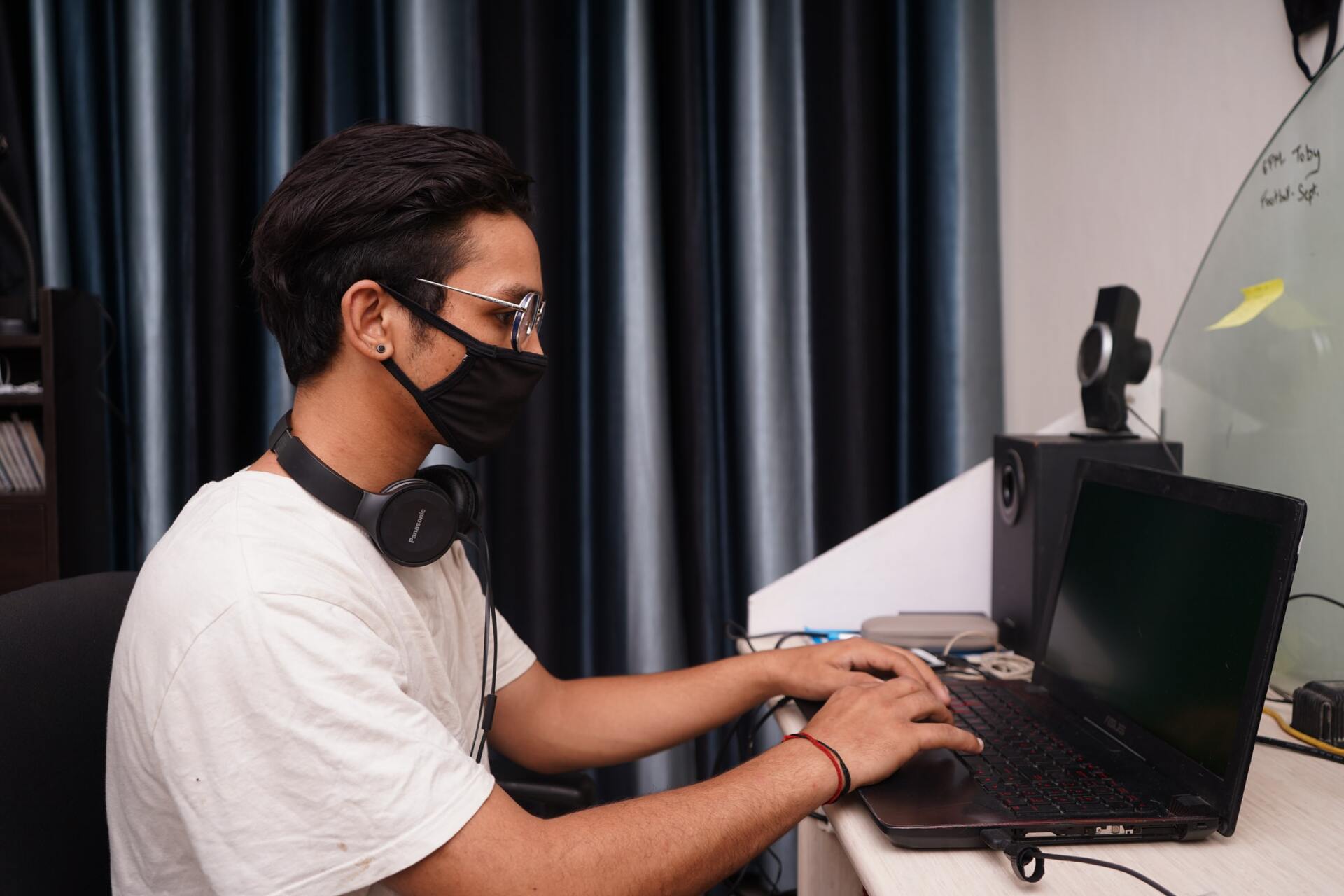News - January 2021 - Legal Update
News: Coronavirus: Latest news
As England and Scotland return to a state of national lockdown what does it means for businesses around the country? In reality, the rules for businesses which are permitted to stay open, are no different. “Working from home if you can” has been emphasised therefore if this has not been implemented as fully as possible, now’s the time for a review. Other measures are the same as previous: Social distancing, high levels of hygiene, ventilation, screens etc.
The majority of additional restrictions across all four nations are primarily social, e.g. restrictions on gatherings outside your household, the number of people you can meet, how far you can travel for leisure purposes etc.
The main message in this lockdown is again, stay at home unless you have a reasonable excuse, for example for work or education purposes.
Those who are clinically extremely vulnerable or were shielding under previous guidance, are strongly advised to work from home and if that is not possible they have been advised that they should not attend work. Employers have not been given similar advice, for example they are not told to prevent such workers attending. However, should you become aware that someone is at increased risk, you should review your risk assessment, consider alternative and lower risk roles, or make changes which enable those staff to work from home. Failing that the furlough scheme has been extended until the end of April 2021.
The timescale for the additional restrictions is different across all four nations but in general we can expect to be in this current state until February at the earliest.
Further information:
The full list of businesses who can stay open and those who must close can be found here: https://www.gov.uk/guidance/national-lockdown-stay-at-home#going-to-work
On 14 December the period for self-isolation required for close contacts of those with confirmed coronavirus, was reduced from 14 days to 10 days. The same period of self-isolation applies to those instructed to quarantine after returning from a high-risk country.
Further information:
Any business which believes it has an outbreak, i.e. more than one suspected case, should refer to the following procedure: https://coronavirusresources.phe.gov.uk/reporting-an-outbreak/
Employers are able to refer essential workers for coronavirus testing via the government’ portal.
Further information:
https://www.gov.uk/guidance/coronavirus-covid-19-getting-tested#essential-workers
If employers want to bring in private vaccination programmes, the CIPD has provided guidelines. https://www.cipd.co.uk/news-views/coronavirus/faqs/protecting-workforce
The HSE has reminded businesses of procedures for the safety of delivery drivers, including providing access to toilet and hand washing facilities.
Further information:
https://www.hse.gov.uk/coronavirus/drivers-transport-delivery.htm
News: post-Brexit
The government advises that those who currently make products to harmonised standards, must from January 2021, apply “designated standards” which will effectively mean a continuation.
Further information:
https://www.gov.uk/guidance/designated-standards
News: Building standards updated to increase fire safety
The fire safety standards for new builds and alterations, changed on 26th November, when an updated version of Approved Document B came into force. Sprinklers are now required when a building’s top storey is 11 metres from the ground (typically four floors) rather than the previous 30 metres. There are also other new requirements such as wayfinding signage for the fire service.
Further information:
News: Research looks at sight lines for drivers of earth moving machines
The Fire Industry Association says it is frequently asked the question as to the meaning of BS 5839-1:2017 clause 17.2b) which relates to the provision of visual alarm devices. Specifically, it has been asked whether these are required in every toilet cubicle where the partitions are full height. Its conclusion is that usually this would be the case as to do otherwise would be a variation from the expected standard.
Further information:
https://www.hse.gov.uk/research/rrhtm/rr1156.htm
News: Construction dust enforcement
With the HSE continuing to focus on the management of health hazards including construction dust, this internal operations instruction for inspectors is worth a read. It gives an insight into how an inspector is likely to approach the subject.
Further information:
https://www.hse.gov.uk/foi/internalops/og/og-00017.pdf
Case law: High voltage electrical accident
Sellafield Ltd has been fined £320,000 after an electrician was burned in a flashover while working on high voltage equipment. The staff member had little recent experience of working with high voltage equipment and made incorrect assumptions, leading to the accident. The company was criticised for a lack of training, procedures and warning signage.
Further information:
https://www.ioshmagazine.com/2020/12/22/nuclear-site-pleads-guilty-over-high-voltage-injury
Case law: Hand-arm Vibration Syndrome (HAVS)
A Manchester engineering company has been fined £300,000 for an employee’s HAVS condition caused by a lack of monitoring and control over the use of vibrating tools.
Further information:
Case law: Slip in icy weather from conservatory roof
A conservatory and window fitting company has appeared in court over an accident during adverse weather conditions whilst workers were replacing a conservatory roof.
Further information:
https://press.hse.gov.uk/2020/11/26/company-sentenced-after-worker-injured-in-fall-from-roof/
Case law: Fall through plasterboard ceiling
Two companies have been fined after an electrician installing cables in the loft of a new-build home, fell through a plasterboard ceiling.
Further information:
Case law: Untrained crane driver caused fall from height
A court has heard how an apprentice was forced to jump out of the way of a falling crane boom, when the crane operator made a mistake in the setup of the machine. M&J Engineers was convicted of a safety offence and fined £220,000, plus costs of £65,443.
Further information:
Case law: Metal object catapulted when sling failed
A groundworks contractor has appeared in court over an accident in which a worker suffered multiple leg fractures. It occurred when a team was laying a 20-tonne foul sewer pipe by pulling it into a 240m trench, when one of the slings being used to pull the pipe failed catastrophically.
Further information:
You want to stay up-to-date?
Join our mailing list!






